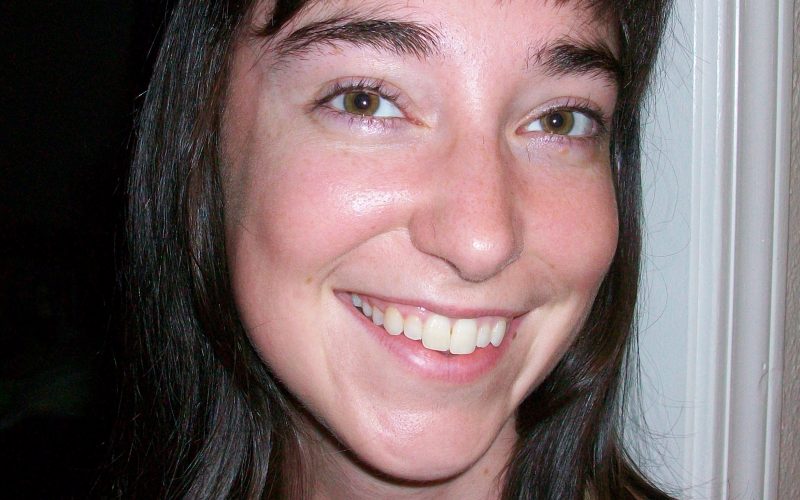Plastic has been a familiar friend around the house and a terrible terror around the globe, creating a more convenient lifestyle for many people and a big problem for the environment and people alike. Yet the future of plastic may be more moldable than we once thought. From plastic-eating microbes to new forms of oxo-biodegradable plastic, and new products like ZeoForm, AirCarbon, Ingeo, and MycoBond, plastic is evolving with the help of more advanced technology. Whether this will solve the plastic problem remains to be seen.
One issue with plastic is its production: according to Scientific American, “The world produced an estimated 288 million metric tons of plastics in 2012,” and needed millions of barrels of crude oil to create mostly disposable products. But thanks to Mark Herrema, methane gas (which contributes more to climate change than carbon dioxide) is harvested from farms and turned into plastic pellets without using oil. These pellets, called AirCarbon, can then be used to produce parts for electronics and cars, for Verizon cell phone cases and other products.
Another form of plastic, Ingeo, meaning “ingredients from the earth,” is made from fermented corn by NatureWorks, a manufacturing firm. NatureWorks boasts that Ingeo “is 60 percent less carbon-intensive than a regular plastic like PET.” Using food as fuel has been an intense debate, and there are supporters and opponents to the idea of using agriculture to manufacture plastic.
A less-debated form of new plastic, ZeoForm is made from cellulose from the versatile hemp plant and water. That’s it: just hemp and water. According to their website, “ZeoForm is 100% non-toxic, biodegradable and ‘locks up’ carbon from waste into beautiful, functional forms.”
Not only methane, corn, and hemp are considered for plastic production – even mushrooms can be used to create plastic. Eben Bayer, co-inventor of MycoBond, a mycelium-based adhesive that turns agricultural waste into packaging material and insulation, gave a TED talk on his mushroom plastic in 2010.
But what if you just don’t use plastic, period? Isn’t it better, for instance, to bring reusable cloth bags to the grocery store instead of using plastic bags? Not according to the Oxo-biodegradable Plastics Association. Reusable shopping bags are much thicker, more expensive, can be difficult to recycle, are easily forgotten by consumers, and are less hygienic unless frequently washed. Oxo-biodegradable (oxidation) plastics, which are able to be recycled, still use oil in the manufacturing process and will emit CO2 as they biodegrade.
So what about all the plastic that currently exists? Researchers at the University of Western Australia are observing microscopic creatures feeding on the floating waste in our oceans. Discovery News cited that “The United Nations Environment Program estimated in 2012 that around 13,000 pieces of microplastic litter were found in every square kilometer of sea.” While that’s good for reducing the volume of oceanic litter, it’s not so great that microbial life is digesting toxic plastic as part of earth’s food chain.
Ripples is an emerging online educational center inspired by a holistic approach to making a difference. Follow our journey to live sustainably and make ripples with our lifestyle at: www.RipplesBlog.org.











